
China’s Ministry of Industry and Information Technology (MIIT) has put forth a new draft regulation that could significantly impact the future of plug-in hybrid electric vehicles (PHEVs) in the country. The proposed regulation stipulates that all PHEVs sold in China should be capable of achieving a minimum electric-only range of 100 kilometers, or 62 miles. This move is part of a broader initiative to reduce reliance on gasoline and promote the electrification of hybrids, with the policy expected to be implemented in 2027.
Policy Proposal Overview
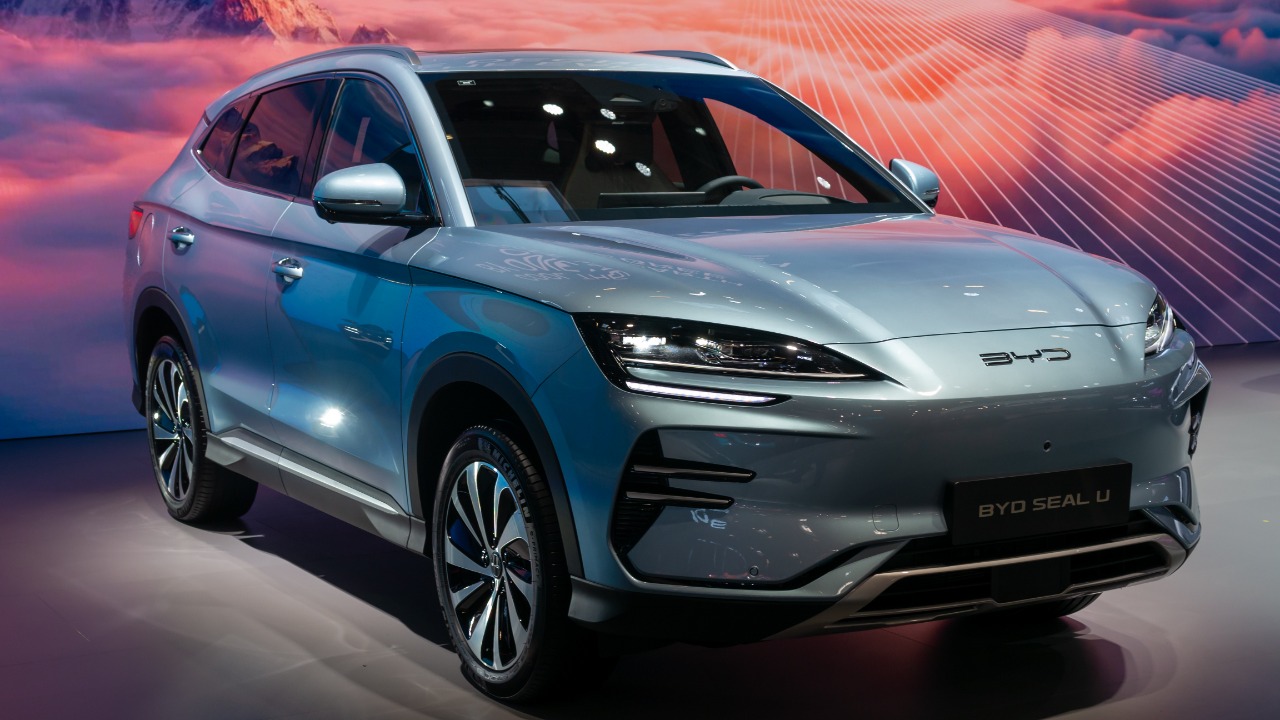
The MIIT’s draft regulation is a significant step towards promoting electric mobility in China. The proposed regulation stipulates that all new PHEV models introduced from 2027 onwards must be capable of achieving an electric-only range of 100 kilometers. This requirement applies to all categories of PHEVs, with no exemptions for luxury or imported models. The policy builds on the existing New Energy Vehicle (NEV) credit system, which incentivizes automakers to produce more efficient and environmentally friendly vehicles.
The draft regulation was opened for consultation in late 2023, allowing industry stakeholders to provide feedback until early 2024. This consultation period is crucial for automakers and other industry players to understand the implications of the proposed regulation and prepare for its potential implementation.
Reasons Behind the Minimum Range Mandate
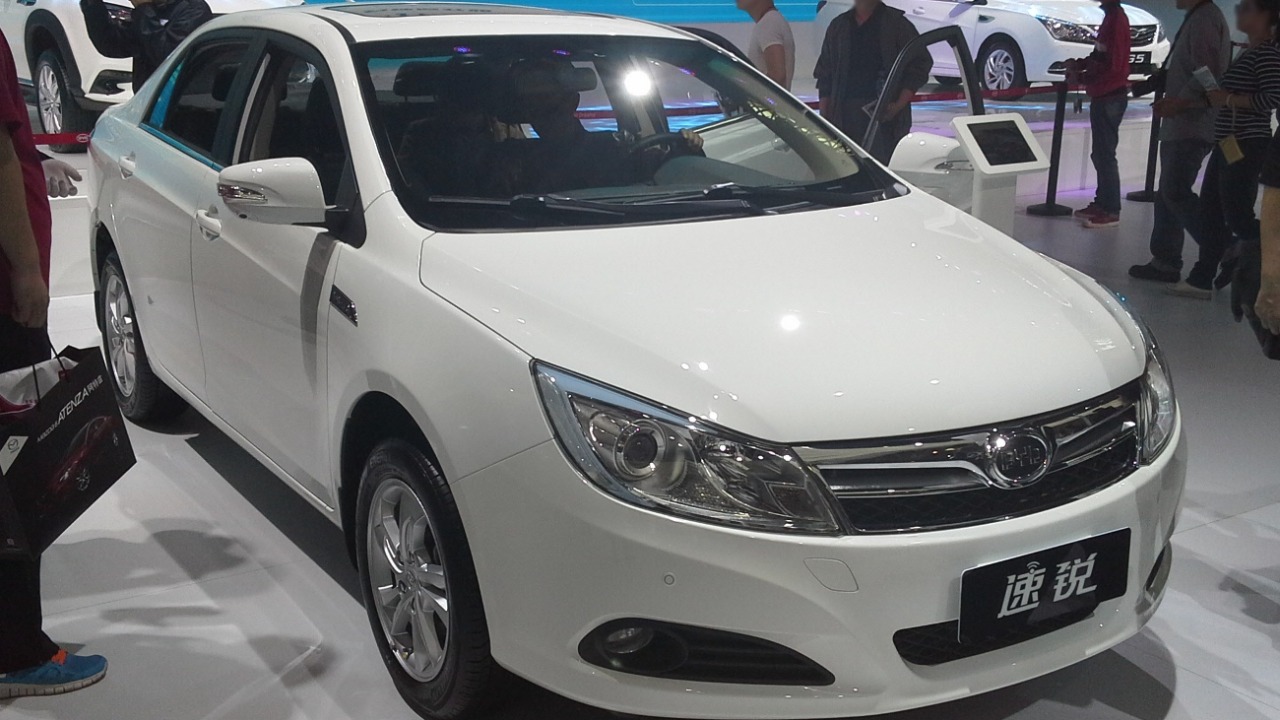
The 100 km minimum electric range requirement addresses criticisms of short-range PHEVs that function more like traditional hybrids than electric vehicles. The goal is to ensure that PHEVs offer a meaningful electric driving capability, reducing reliance on gasoline and promoting the use of cleaner energy sources.
Furthermore, the proposed regulation aligns with China’s environmental goals. The country has pledged to reach peak carbon emissions by 2030 and achieve carbon neutrality by 2060. By promoting the use of PHEVs with longer electric ranges, the MIIT aims to lower overall emissions in China’s vehicle fleet and contribute to these environmental targets.
Impact on PHEV Manufacturers
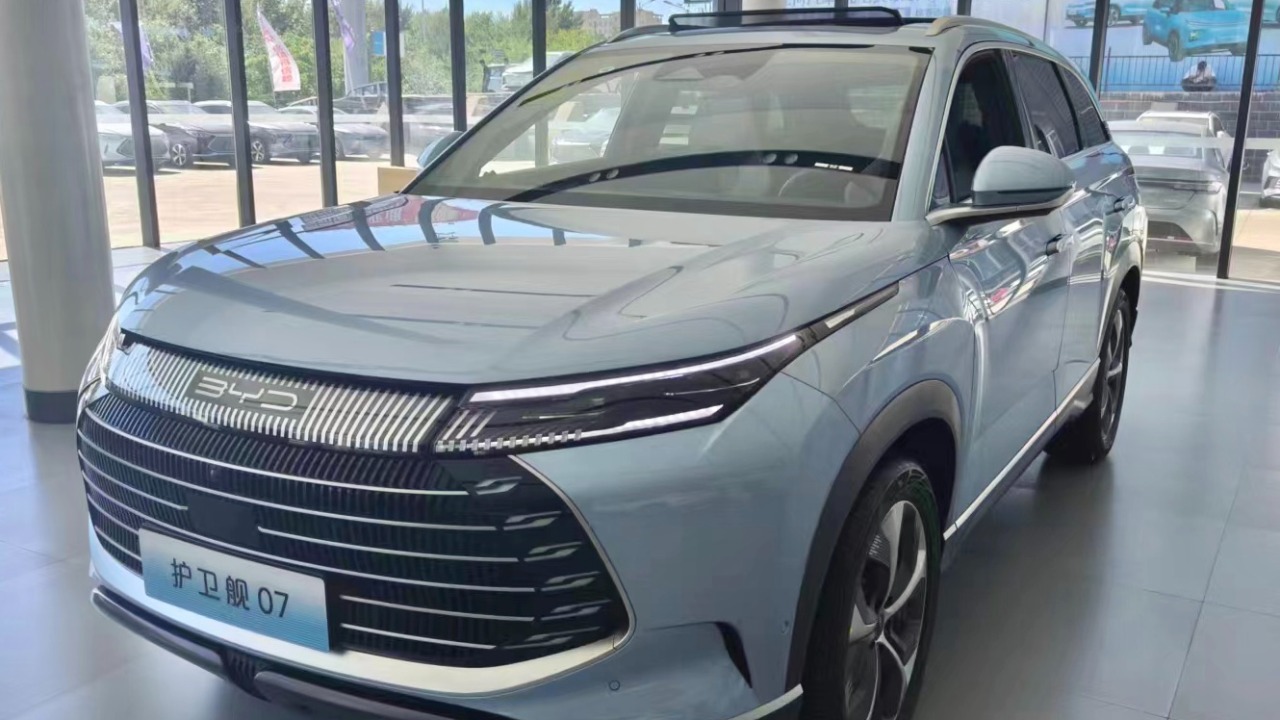
For domestic automakers like BYD and Geely, the proposed regulation presents both challenges and opportunities. To meet the 100 km electric range requirement, these companies may need to redesign their batteries and powertrains. This could lead to increased production costs, estimated at 10-15% higher than current levels. However, these companies are responding proactively, with increased investments in research and development to meet the new standards.
The policy shift also presents opportunities for leaders in battery technology, such as CATL. As automakers strive to meet the new standards, demand for high-performance batteries is expected to increase, providing a significant business opportunity for battery manufacturers.
Comparison to Current PHEV Standards
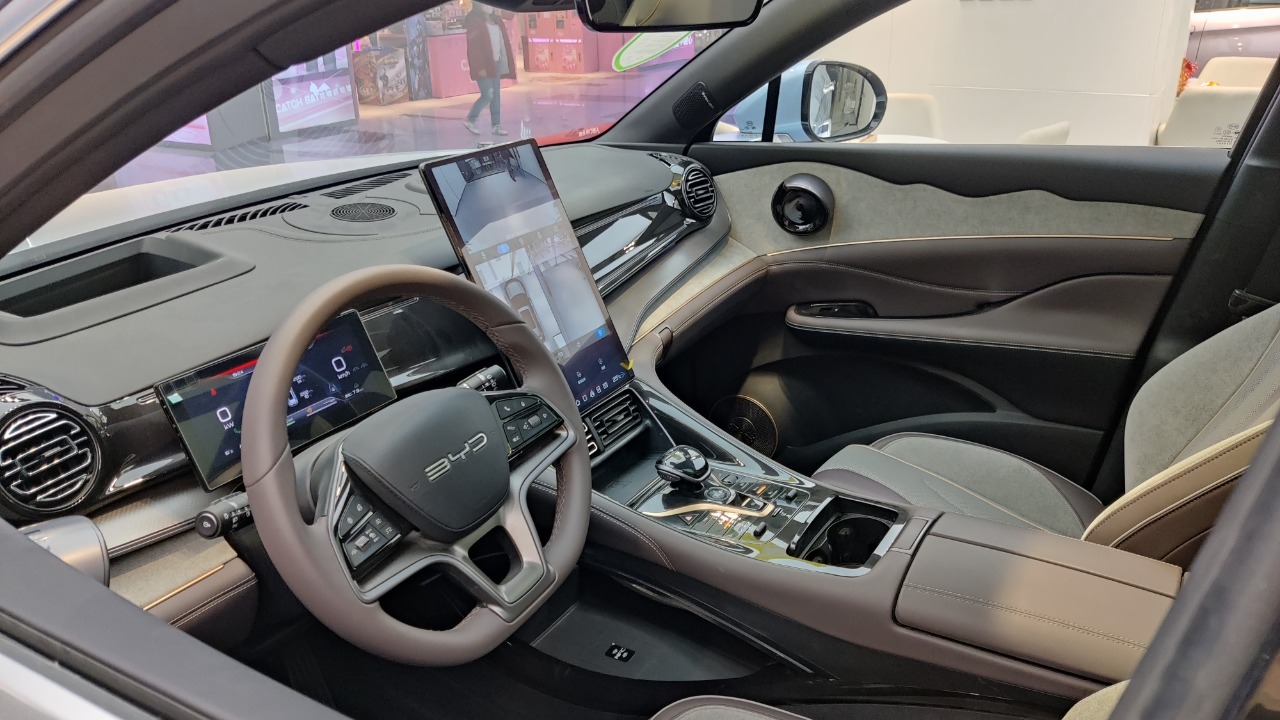
The proposed 100 km minimum electric range represents a significant increase from the existing voluntary guideline of 50 km. This effectively doubles the required range for compliance, setting a new benchmark for PHEV performance.
In a global context, China’s proposed regulation is stricter than the PHEV incentives in the European Union, which favor ranges over 50 km. This positions China as a leader in promoting electric mobility and sets a high standard for other countries to follow.
Effects on Consumers and Market Dynamics

The proposed regulation could impact PHEV prices, potentially raising purchase costs by 5,000-10,000 yuan due to the need for enhanced batteries. This could affect affordability for middle-class buyers in cities like Beijing and Shanghai. However, the longer electric range could also lead to reduced fuel costs over time, offsetting the initial price increase.
The policy could also influence consumer preferences, encouraging more electric-mode usage. Furthermore, the rule may accelerate PHEV sales, with projections indicating a rise from 1.5 million units in 2023 to over 2 million by 2027.
Broader Implications for China’s EV Ecosystem
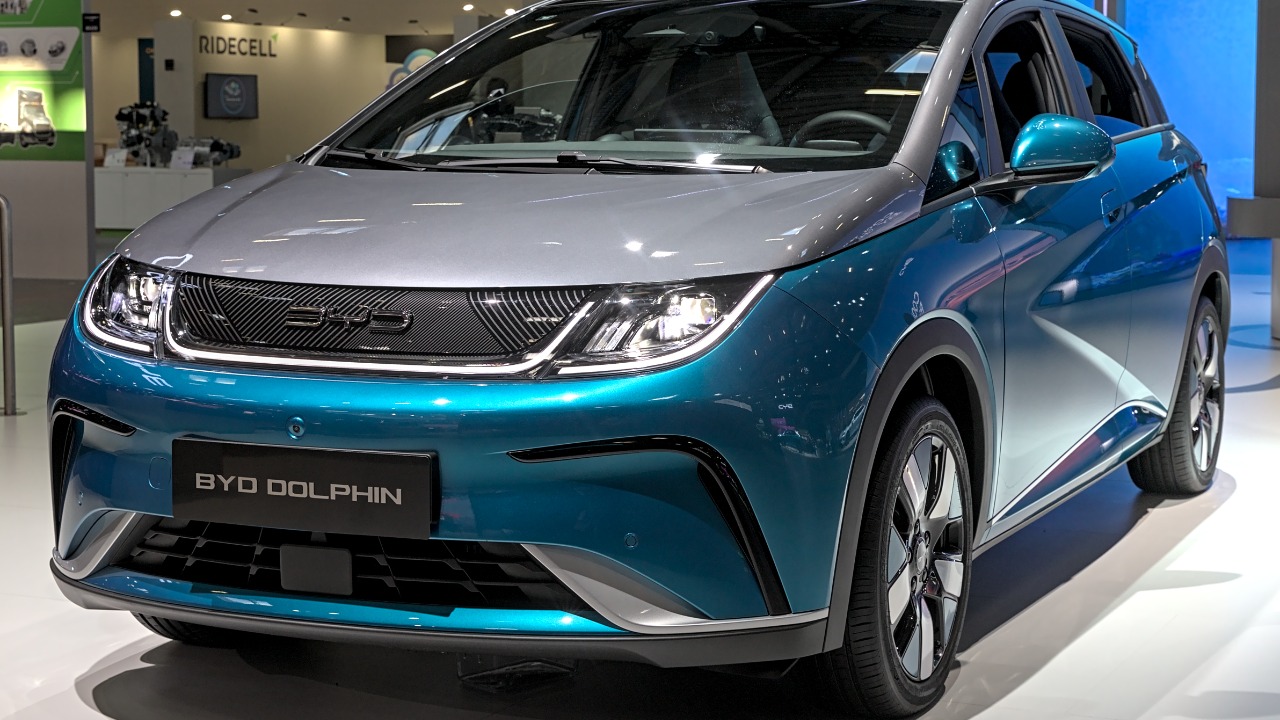
The PHEV mandate is part of China’s broader goals for electric mobility. The country aims to achieve 20% NEV sales by 2025 and full electrification by 2060. The proposed regulation is a significant step towards these targets, promoting the use of PHEVs with longer electric ranges.
The policy also aligns with plans to expand charging infrastructure, with the addition of 20 million public chargers planned by 2025. This infrastructure expansion will support the use of longer-range hybrids, further promoting the shift towards electric mobility.
Industry Reactions and Future Outlook
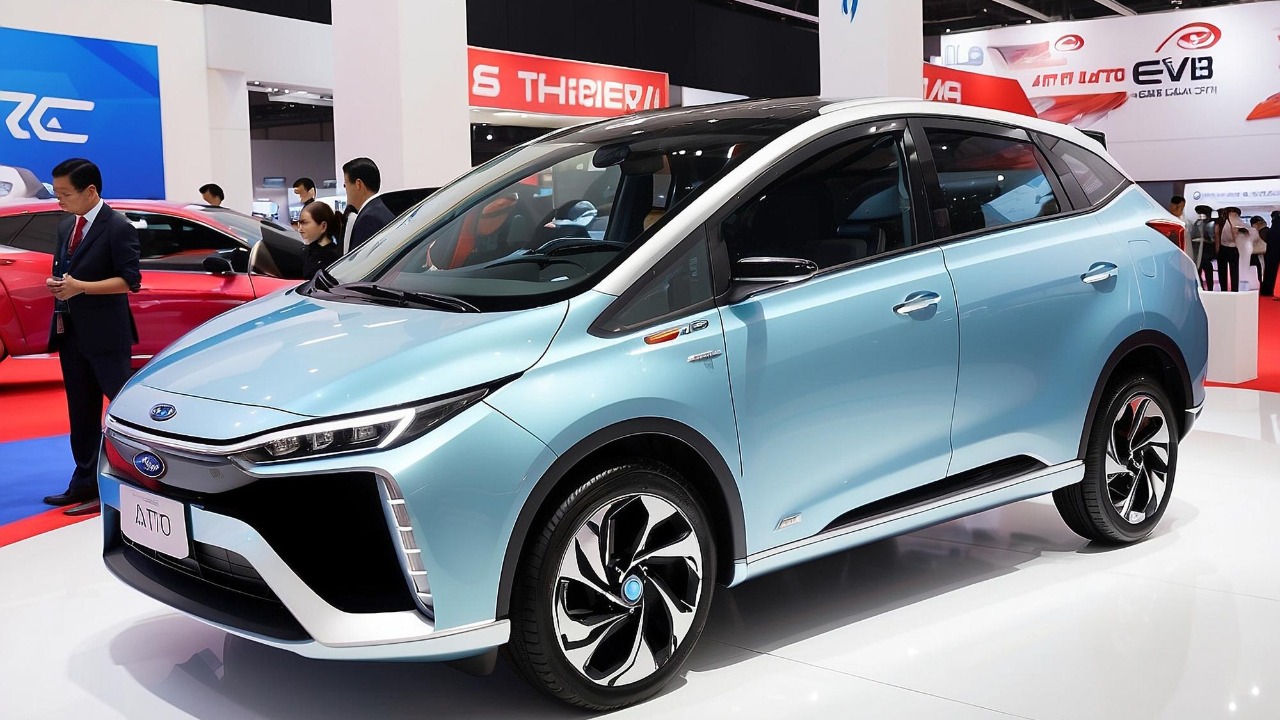
Automakers have generally responded positively to the proposed regulation. For instance, BYD has welcomed the rule as a “step toward true green mobility” and is preparing to comply with the new standards. This positive response indicates a broad industry commitment to promoting electric mobility and reducing environmental impact.
In the long term, the proposed regulation could lead to a significant reduction in PHEV gasoline consumption. Following the implementation of the policy in 2027, gasoline consumption by PHEVs could decrease by up to 30% nationwide. This would represent a significant contribution to China’s environmental goals and further promote the shift towards electric mobility.